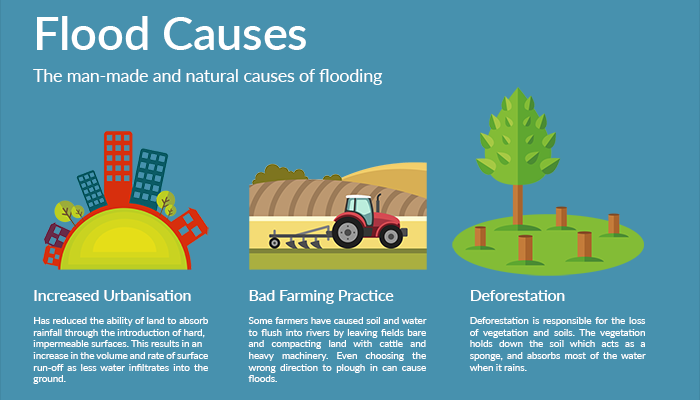The Science Underlying Mold Growth After Water Damages Happens
The Science Underlying Mold Growth After Water Damages Happens
Blog Article
Web Content Author-Abildgaard Napier
So, you've managed water damages in your house, but have you ever questioned what really takes place behind the scenes that brings about mold and mildew growth? Recognizing the clinical procedures at play can be vital in tackling this issue efficiently. From the initial influence of water on surface areas to the role of dampness in mold development, there are detailed mechanisms that establish the stage for mold to prosper post-water damage. Remain tuned to reveal the fascinating scientific research behind mold growth after water damage and exactly how you can battle it.
## Effect of Water Direct Exposure on Surface Areas
When water permeates surfaces, it launches a series of chemical reactions that lead the way for mold development. This invasion creates a moist environment where mold spores, which are constantly present airborne, can thrive. The wetness works as a catalyst, activating inactive mold and mildew spores to sprout and begin the development process. Once triggered, these spores feed upon natural products present in the afflicted location, such as timber, drywall, or textile, damaging them down to maintain their growth.
simply click the following site of water exposure on surface areas is extensive. Not just does it supply the essential problems for mold and mildew to grow, however it also damages the architectural integrity of the products it infiltrates. As mold nests grow and spread, they can trigger substantial damage to the surfaces they live in. This degeneration can endanger the safety of the affected framework and may require extensive repairs to fix. As a result, attending to water damages quickly and properly is vital in stopping mold growth and protecting the honesty of the affected surface areas.
## Function of Wetness in Mold Growth
Dampness plays a pivotal function in cultivating mold development, producing a setting conducive to spore germination and growth. When water damage happens, the excess dampness gives a breeding ground for mold to flourish.
just click the following web site and mildew spores, which exist almost everywhere in the environment, need dampness to trigger and begin the development process. Once these spores experience a wet or damp area, they absorb the dampness and start to increase quickly. The visibility of dampness not only initiates the germination of spores yet likewise supports the growth of mold and mildew hyphae, the branching filaments that create the main body of the mold.
These hyphae spread out and launch more spores, better contaminating the location. Consequently, controlling moisture degrees is crucial in stopping mold and mildew advancement after water damage. Correct drying out strategies and moisture control measures are vital to hinder mold development and protect your indoor setting from mold-related problems.
## Environmental Variables Affecting Mold Growth
To comprehend mold development after water damages, it's necessary to take into consideration the numerous ecological variables that affect the expansion of mold and mildew colonies.
Temperature plays a substantial function in mold advancement, with many mold and mildews flourishing in temperature levels in between 77-86 ° F (25-30 ° C).
visit the next web site over 60% develop a conducive setting for mold spores to sprout and spread quickly.
Poor air flow worsens the problem by trapping wetness indoors, giving a perfect setting for mold development.
In addition, darkness promotes mold and mildew spreading, making covert or enclosed spaces extra prone to infestations.
Airflow and air high quality are important in mold avoidance, as stagnant air can lead to moisture build-up and develop positive problems for mold and mildew to prosper.
Outdoor aspects like proximity to bodies of water or damp dirt can likewise influence interior mold and mildew development via enhanced moisture levels.
## Verdict
So, to sum it up, when water seeps into surface areas, it produces an ideal breeding place for mold to grow and spread.
By controlling dampness degrees and making sure appropriate air flow, you can stop mold from creating additional damage to your residential property.
Keep in mind, remaining proactive in taking care of water damages is key to maintaining mold and mildew at bay and preserving a secure living atmosphere.